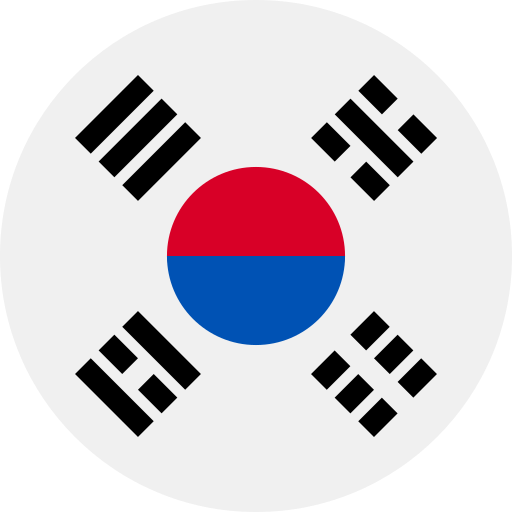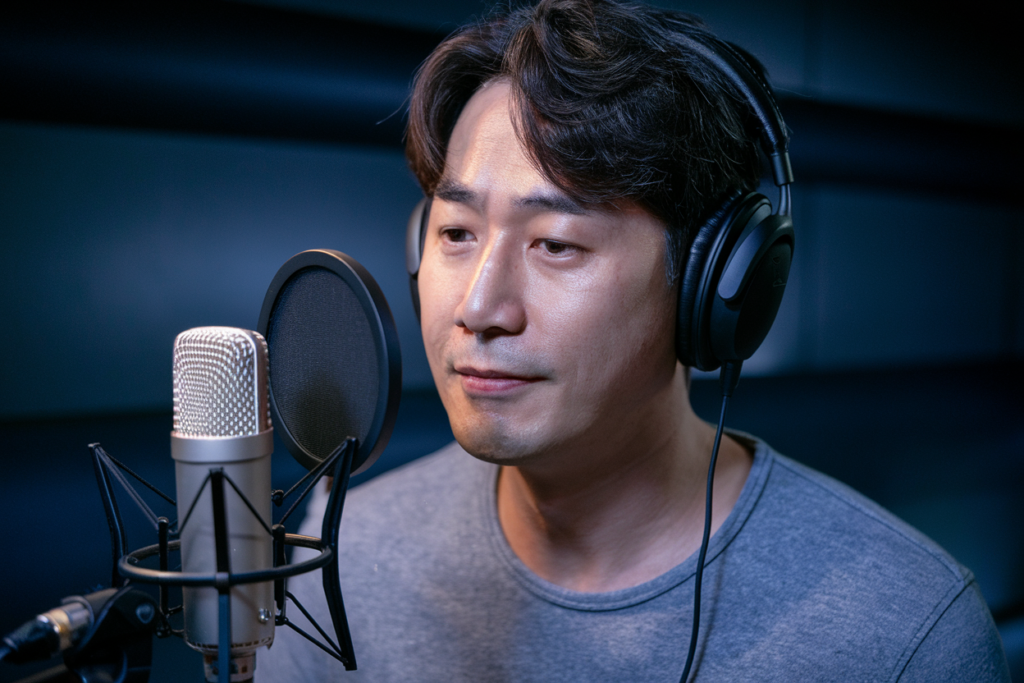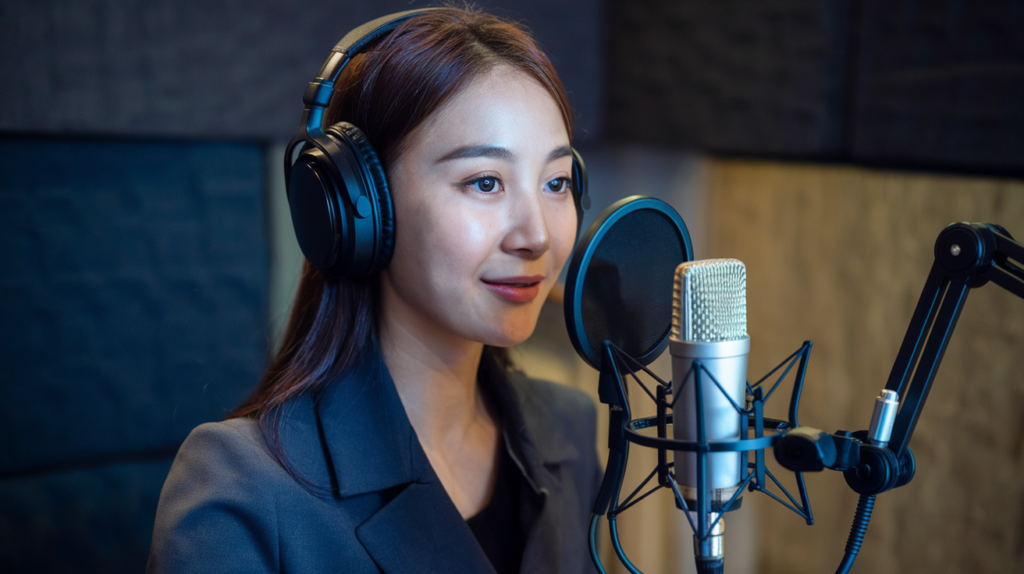Key Takeaways
- Historical Roots: The Korean language has a complex history, likely evolving from indigenous roots and external influences including Chinese and Japanese.
- Phonetic Evolution: Significant phonetic changes have occurred in Korean over time, simplifying sound distinctions and introducing tonal variations influenced by neighboring languages.
- Grammatical Transformations: Korean grammar has adapted with increased flexibility in sentence structure and a complex verb conjugation system that reflects social hierarchy.
- Lexical Expansion: The vocabulary of Korean has expanded through the incorporation of loanwords from other languages, particularly English, along with the creation of neologisms for modern concepts.
- Cultural Influences: Literature, media, and language policy have shaped the evolution of Korean by introducing new expressions while promoting standardization across dialects.
- Global Impact: Globalization continues to influence contemporary Korean, leading to dynamic changes that reflect societal advancements while maintaining its unique linguistic identity.
Ever wondered how Korean evolved linguistically into the rich and unique language it is today? Understanding this evolution can unlock fascinating insights into Korea’s culture and history. From its ancient roots to modern-day usage, Korean has undergone significant transformations that reflect changes in society, technology, and communication.
As you dive deeper into the journey of the Korean language, you’ll discover how influences from neighboring countries shaped its development. You’ll learn about key milestones like the creation of Hangul and how globalization continues to impact contemporary Korean. Whether you’re a language enthusiast or just curious about linguistic evolution, exploring how Korean evolved will give you a fresh perspective on this captivating language.
Historical Background of the Korean Language
The Korean language has a rich history, reflecting centuries of cultural and societal changes. Understanding its evolution helps you appreciate its complexity and uniqueness.
Origins of the Korean Language
Korean’s origins remain somewhat debated among linguists. The language likely developed from a combination of indigenous roots and external influences. Some theories suggest it belongs to the Altaic language family, which includes Turkish and Mongolian languages. Others argue that it’s an isolate, meaning it doesn’t share a direct lineage with any other known language. Archeological evidence points to early forms of communication around 3,000 years ago during the Gojoseon period.
Influence of Neighboring Languages
Korean evolved significantly through interaction with neighboring languages like Chinese and Japanese. From as early as the Han Dynasty (206 BC – 220 AD), Chinese characters influenced written Korean. Many Sino-Korean words entered the vocabulary, enriching it with diverse meanings and concepts. During Japan’s colonization in the early 20th century, Japanese also left its mark on modern Korean speech patterns and vocabulary.
Overall, these linguistic interactions shaped contemporary Korean while preserving core elements unique to its heritage.
Phonetic Changes in Korean
Korean phonetics have undergone significant changes throughout its history. These shifts reflect broader societal transformations and linguistic influences.
Evolution of Phonemes
Phonemes, the smallest units of sound, evolved in Korean through various stages. Old Korean had a more complex system with numerous distinctions between sounds. Over time, certain phonemes merged or fell out of use, simplifying pronunciation. For instance, the distinction between voiced and voiceless stops became less pronounced in modern dialects. This evolution has contributed to regional variations where some areas retain older pronunciations while others adopt newer forms.
Tonal Variations Over Time
Tonal variations also played a role in the phonetic development of Korean. While contemporary standard Korean does not utilize tone as a distinguishing feature for meaning like some other languages do, historical evidence suggests that earlier forms may have exhibited tonal characteristics influenced by neighboring languages. As contact with Chinese and Japanese increased, these interactions likely introduced new vocal patterns and tonal elements that shaped how modern speakers articulate words today.
Understanding these phonetic changes provides insight into how language reflects cultural shifts and external influences over centuries.
Grammatical Developments
Korean grammar has undergone significant transformations throughout its history, reflecting broader societal changes and linguistic influences. Understanding these developments offers a clearer picture of how Korean has evolved.
Changes in Sentence Structure
Korean sentence structure primarily follows a Subject-Object-Verb (SOV) order. Over time, this structure has remained consistent, but the flexibility in word order has increased due to the use of particles that indicate grammatical relationships. For example, the subject marker „이/가” and object marker „을/를” clarify roles within sentences regardless of placement. This evolution allows for more nuanced expression and emphasis on different elements of a sentence.
Verb Conjugation and Tense Evolution
Verb conjugation in Korean showcases remarkable complexity, adapting to various contexts over centuries. Historically, verbs had simpler forms with fewer tense distinctions. Today’s system includes multiple tenses—past, present, and future—alongside levels of politeness that affect verb endings. For instance, using „-습니다” indicates formal speech while „-해요” represents casual conversation. These distinctions reflect not only grammatical shifts but also cultural nuances regarding respect and social hierarchy.
Through these grammatical advancements, the Korean language continues to adapt while maintaining its unique identity shaped by historical contexts and interactions with other languages.
Lexical Expansion
Korean has experienced significant lexical expansion, reflecting a dynamic interplay of cultural and technological influences. This expansion primarily occurs through borrowed words and the creation of neologisms.
Borrowed Words from Other Languages
Korean vocabulary has absorbed numerous loanwords, particularly from Chinese, English, and Japanese. The adoption of these borrowed terms often aligns with cultural exchanges or advancements in technology. For example, many modern concepts in technology and pop culture come from English. Words like „컴퓨터” (computer) and „인터넷” (internet) illustrate how Korean integrates foreign terms seamlessly into everyday speech. This rich borrowing enriches the language while also demonstrating its adaptability to new ideas.
Neologisms and Modern Vocabulary
Neologisms play a crucial role in keeping Korean relevant in contemporary society. As trends shift and new industries emerge, so does the need for fresh vocabulary. Terms related to social media, online gaming, or even voiceover work enter common usage as young generations engage with global content. You might hear phrases like „유튜버” (YouTuber) or „게임하다” (to game), showcasing how quickly language evolves alongside technology and cultural shifts. These additions keep conversations lively and relatable among speakers.
By examining lexical expansion through borrowed words and neologisms, you gain insight into how Korean continues to thrive as a versatile language that reflects societal changes while embracing global influence.
Influence of Culture and Society
Cultural and societal factors significantly shaped the evolution of the Korean language. These influences manifest in various aspects, including literature, media, language policy, and standardization.
Language in Literature and Media
The role of literature and media in shaping Korean is profound. Classic works like „The Tale of Hong Gildong” reflect historical societal values while contributing to the richness of vocabulary. Modern literature continues this trend by introducing contemporary themes, often incorporating slang or new expressions that resonate with younger audiences.
Media also plays a key role in linguistic evolution. K-dramas and K-pop have popularized specific phrases or expressions both domestically and internationally. For instance, catchphrases from viral shows quickly become part of everyday conversations among fans. You might notice how certain words take on new meanings or cultural significance through their use in popular songs or series.
Language Policy and Standardization
Language policy has greatly influenced Korean’s structure over time. The establishment of Hangul as the official script during the 15th century marked a turning point for literacy rates among common people, enabling wider access to education. This accessibility encouraged the development of standardized grammar rules which helped unify different dialects under a common framework.
In recent years, efforts to promote standardization have continued through educational reforms and government initiatives aiming to preserve linguistic integrity amidst globalization’s impact on language use. These policies ensure that even as new terms emerge—like loanwords from English—the essence of Korean remains intact.
Understanding these cultural dynamics offers insights into how language reflects society’s changing landscape while adapting to modern influences without losing its core identity.
Conclusion
Korean’s linguistic journey is a testament to its resilience and adaptability. You can see how deeply intertwined it is with Korea’s cultural identity and social evolution. As it continues to integrate influences from various sources while preserving its unique features, Korean remains relevant in an ever-changing world.
Understanding this evolution enriches your appreciation for the language and its speakers. Whether you’re learning Korean or simply exploring its rich history, remember that each word you encounter carries stories of transformation and connection. Embrace the dynamic nature of Korean as it moves forward, reflecting both tradition and modernity in every conversation.
Frequently Asked Questions
What is the origin of the Korean language?
The origins of the Korean language are debated, with some theories suggesting it may come from a mix of indigenous roots and influences from neighboring languages. It has been linked to the Altaic language family or identified as a language isolate. Historical interactions with Chinese and Japanese also played significant roles in its development.
How did Hangul contribute to the evolution of Korean?
Hangul, created in the 15th century, significantly improved literacy rates in Korea. It provided a simpler writing system compared to Classical Chinese characters, fostering greater accessibility and standardization in grammar. This innovation helped shape modern Korean by promoting its unique phonetic structure.
What phonetic changes have occurred in Korean over time?
Korean has experienced notable phonetic changes that reflect societal transformations. Old Korean had a more complex sound system which simplified over time, leading to regional pronunciation variations. While contemporary standard Korean lacks tonal distinctions, earlier forms may have had tonal characteristics influenced by nearby languages.
How has globalization impacted modern Korean vocabulary?
Globalization has led to an expansion of Korean vocabulary through loanwords from English, Chinese, and Japanese. Terms like „컴퓨터” (computer) and „인터넷” (internet) illustrate this integration. Additionally, new words emerge from social media trends and technology—examples include „유튜버” (YouTuber) and „게임하다” (to game).
What role does culture play in shaping the Korean language?
Cultural factors significantly influence the evolution of the Korean language through literature and media. Classic works enrich vocabulary while modern literature introduces contemporary themes appealing to youth. K-dramas and K-pop popularize phrases that affect everyday conversation, highlighting how culture drives linguistic change.
How flexible is sentence structure in modern Korean?
Modern Korean primarily follows a Subject-Object-Verb (SOV) order but exhibits increased flexibility due to particles clarifying grammatical relationships. This adaptability allows for varied expressions while maintaining clarity about meaning within sentences.
Why is verb conjugation important in Korean?
Verb conjugation in Korean reflects cultural nuances regarding respect and social hierarchy. The complexity includes multiple tenses and levels of politeness essential for appropriate communication depending on context and relationship between speakers.
How does education impact the preservation of the Korean language?
Education plays a crucial role in preserving linguistic integrity amidst globalization through government initiatives aimed at standardizing grammar rules and teaching Hangul effectively. Recent reforms ensure that while new terms arise, core elements of the language remain intact.







